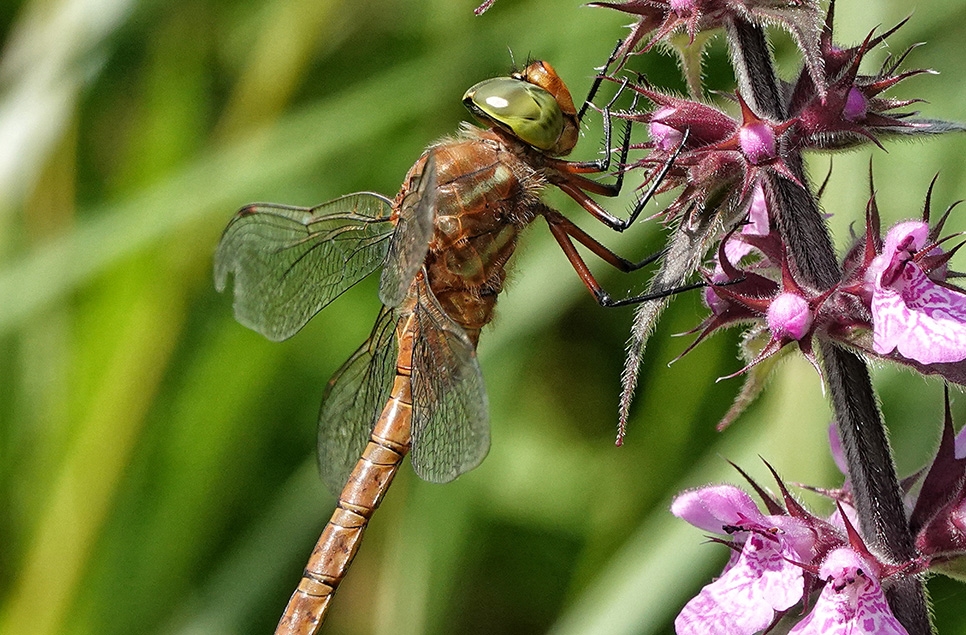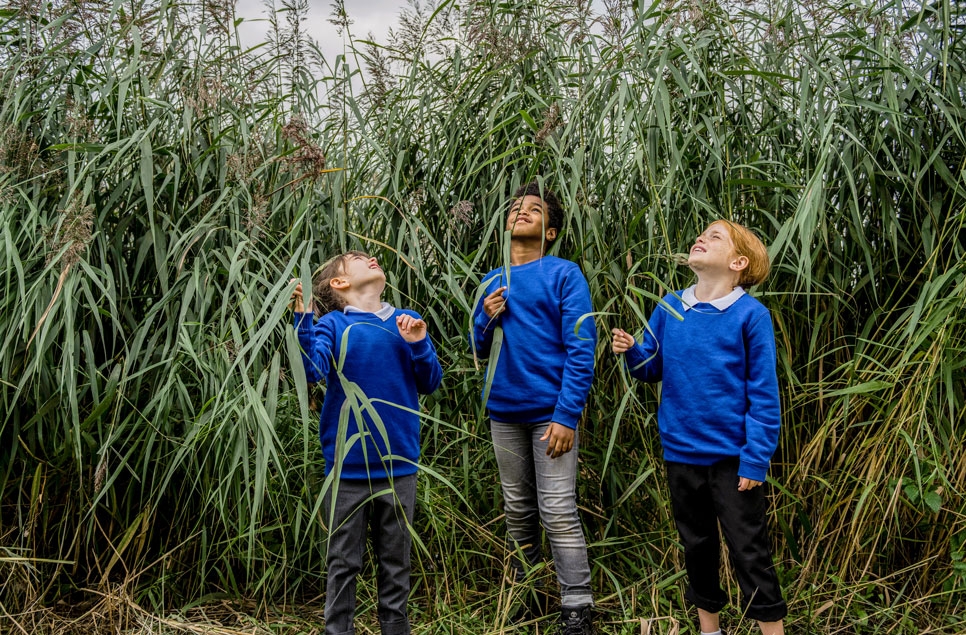Winter wildlife worth getting out for
You might feel like hibernating, but it’s a great time to get out and enjoy nature. Here are some of our favourite winter wildlife sightings worth pulling on your wellies for.
It’s cold outside, the sun hasn’t even managed to make its way over the treetops and you’re snuggled up under a warm blanket. The last thing you want to do is head outside.
But getting outside, especially at this time of year, is key for wellbeing. Sunlight supports our circadian rhythms, helping us to sleep better, boost our immune system and top up our vitamin D levels, which is important to help us fight off seasonal illness.
And if you’re thinking that nature is hibernating the winter away and there’s nothing to spot when you visit your local wetland, think again. There are plenty of winter spectacles to enjoy all around you, and you might even spot the first hints that spring is on its way.
Wintering bird flocks
It’s a great time of year to see flocks of wintering birds, millions of starlings, thousands of waders, roosts of pied wagtails, gangs of chattering sparrows. At this time of year flocking provides more than just safety from predators, it also helps with foraging when food can be scarce. Birds like the common scoter also flock together to stay warm. Small birds will share the same tiny roost space in a single tree to share body heat.
Looking good, Sir
We’re approaching the breeding season and it’s the best time of year to see waterbirds in their finery. Drakes are looking smart as they do their best to attract a mate. They’ve been busy over the winter months making sure their plumage looks extra appealing with bright colours and extravagant plumes. Look out for brightly coloured mallards, as well as other UK duck species such as gadwall, shoveler, pintail, tufted, pochard, teal, shelduck and wigeon, you can see them at our sites. If you’re lucky you might even see some courtship displays.

Early breeders
It’s still early in the year for breeding but the Egyptian goose (technically not a goose but a member of the shelduck family) isn’t waiting around. This brightly coloured goose was introduced to the UK from Africa in the 18th century and is now seen across most of southern England. Because they haven’t adapted their breeding cycles since their introduction to the UK, the goslings are often the first to emerge and you can see them skittering around at our sites in February.
Look out for catkins
Catkins are often one of the first signs that spring isn’t far away. The catkins you’re likely to spot at this time of year are willow, alder and hazel. Although catkins can look very different, they all do the same job of enabling the tree to reproduce. You might spot the year’s first flowering wetland plants this month too. Look out for the marsh marigold as it opens its large, yellow, buttercup-like flowers to welcome early emerging insects hungry from the long winter.

Changes in bird song
You don’t have to go far to hear nature celebrating longer, if not brighter, days. This month, keep your ears open for a small but significant shift in birdsong. Just step out of your front door and listen carefully as the sparse winter notes extend into longer songs, which are early breeding calls. During the harder winter months, robins are often the only birdsong you’ll hear but by February you’ll start to hear blackbirds, wrens, great tits, song thrushes and blue tits.
Pond Life
Take a wander down to your nearest pond. It’s the time of year when the water’s surface starts to bubble with frogs coming together to mate, creating huge clumps of frogspawn. Sunny days in February can entice them out of hibernation, even earlier than toads and newts. If they’ve recently come out of hibernation, you’re most likely to spot them in the relative warmth of sheltered vegetation and log piles nearby. But spurred on by warmer temperatures they’ll head to the water soon enough to breed.

Discover the joys of wetland nature at one of our centres across the UK.
Plan your visit


